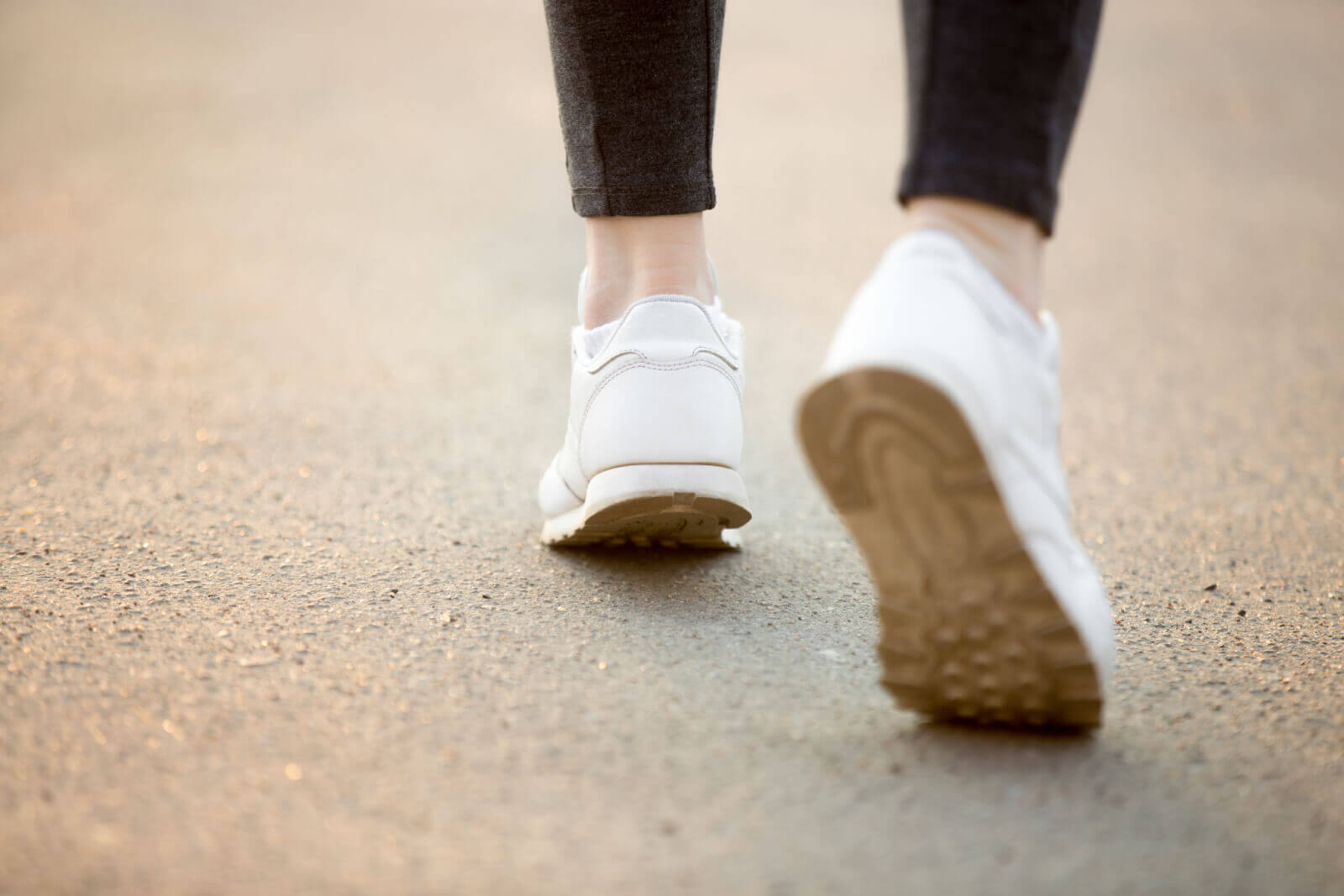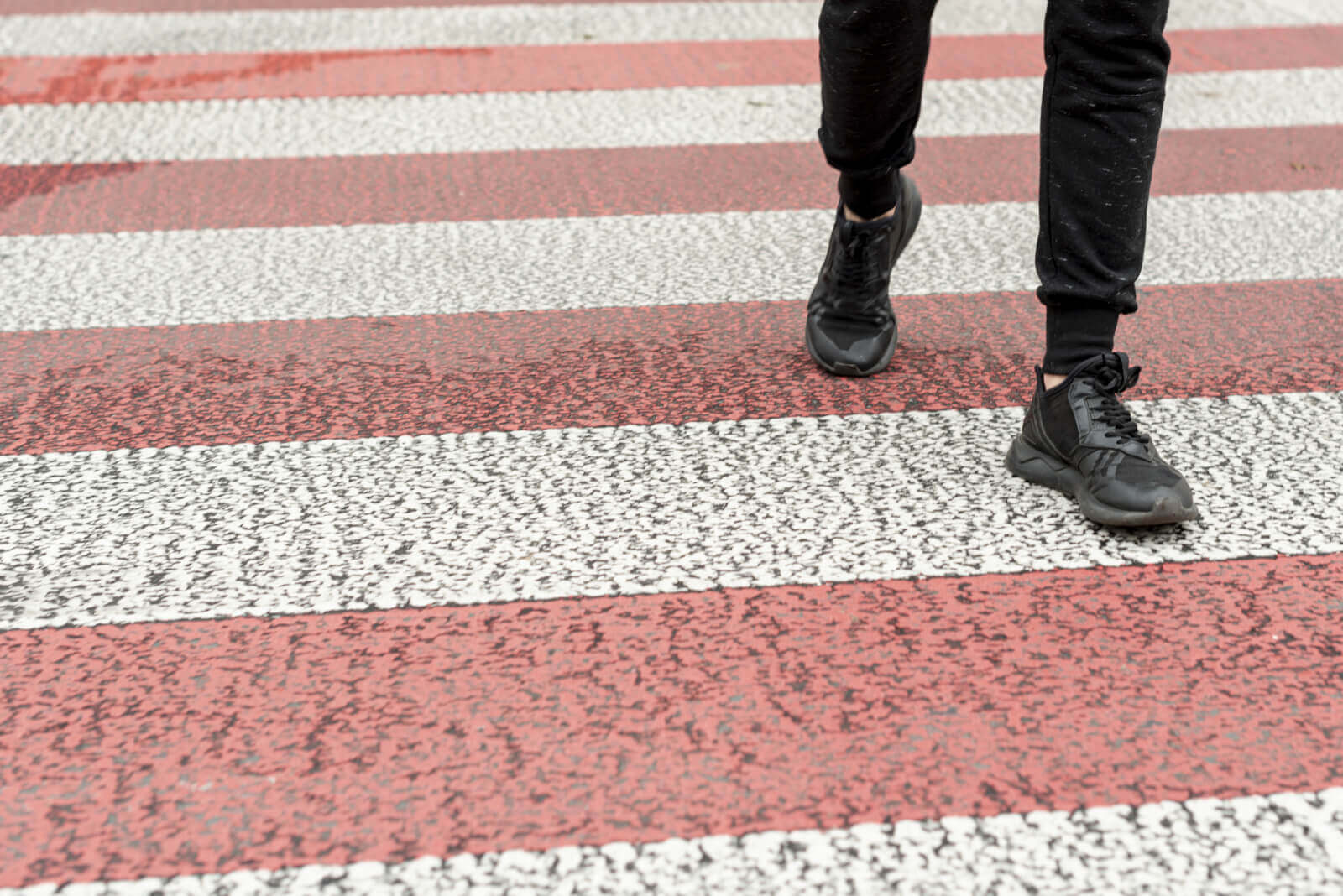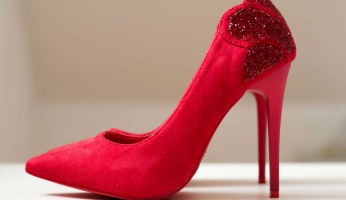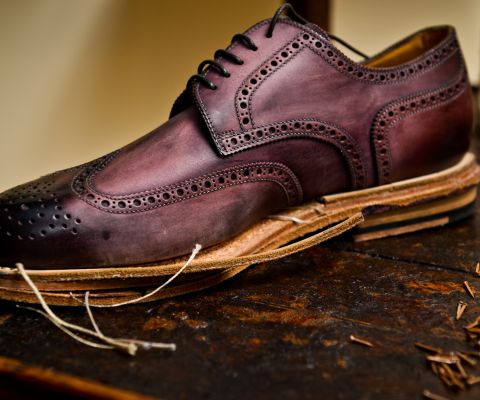The Difference Between Running and Walking Shoes
 The Difference Between Running and Walking Shoes www.walkjogrun.net
The Difference Between Running and Walking Shoes www.walkjogrun.net At first, glance running and walking shoes might appear to be the same thing. For the uninitiated, walking and running shoes can kind of be lumped into one category, call it “athletic shoes”. Is this correct, are they essentially the same? If not, what’s the difference? Why should it matter to you?
Well, in the following we’ll break down all these questions in detail, tell you the difference and you’ll see why it matters — you want comfort and performance for your feet. What may be an arbitrary line in the sand is anything but to us.
Without further ado, let’s get started.
Walking vs Running Shoes
A running shoe has different characteristics than a walking shoe — when people use these terms they are talking about two separate, albeit quite similar, things. Runners generally should not run in walking shoes, the reason for this is because a lot of walking shoes are stiff and do not provide the flexibility that runners need. The same thing works the other way too. Running shoes are not good for long-distance running or trekking due to their lack of support. The difference cuts both ways.

Meanwhile, folks who walk short distances for exercise or so-called “fitness walkers” can mostly get away with wearing running shoes and may do better off that way than with shoes traditionally marketed as “walkers”. The truth in all this is mostly that what different types of shoes are good (or not good) for comes down to needs. So with that in mind let’s look at a few specifics.
1. Cushioning
This is one of the key areas of divergence when you stand running shoes up against walking shoes to check the differences. Here’s how it breaks down:
Runners need more cushioning
Runners impact the ground with roughly three times their body weight with each step taken. By comparison walkers impact with only about 1.5 times their body weight. This should make the following obvious then…runners need more cushioning in the heel and forefoot than walkers to account for this difference in impact force. This is one reason that cushioning systems in running shoes are so fawned and it’s a key difference between runners and walkers.
Walkers need less cushioning
Walkers can more easily get away with wearing running shoes than vice-versa, they really don’t need extra forefoot cushioning, and most can do with just fine with less pad in the heel as well. Extra cushioning tends to add extra weight, so it is a trade-off with walking shoes is less cushion for a reduced amount of weight. Walking shoes are mostly built more solidly than running shoes so this little reduction in weight comes in handy in terms of total weight.

2. Motion Control
People who struggle with pronation (the rotating of the foot inward) and/or supination (the rotating of the foot outward) find these issues exaggerated in a running stride. Therefore it is common to find many running shoes offering motion control features that force your feet to maintain a more neutral posture. Although some walking shoes provide a high degree of stability, they will not offer this function as well as running shoes do. Further support for the idea that you can walk in runners but not the other way around.
3. Design
How your shoes look matters greatly to some people while others barely give it a thought. One thing to be aware of is the common design differences between these two shoe types. Running shoes are often flashy with gaudy designs or bright colors. Walking shoes tend to look more “classic” with toned-down colors and design aesthetics. This is a superficial difference by definition but it really matters to some people.

4. Support
There are so many styles of running shoes today it’s a little bit hard to generalize about them — but as a rule, they tend to offer less support than walking shoes. Running shoes have flexible soles and are typically made to be malleable and bouncy as you run. Conversely walking shoes have stiffer soles and are meant to back your feet up over the course of sole methodical motions (steps).
So, there are some obvious and very significant differences between walking and running shoes — before you go shopping another good thing you can do is learn some of the lingoes.
EVA — Also known as ethyl vinyl acetate, EVA is a shock-absorbing foam that’s soft, light, and flexible. EVA can be found in the soles of many a good walking shoe. It compresses under the strain of a long walk but springs back to full form after a bit of rest
Heel-strike — This is the point where your heel meets with the ground if you’re using the proper technique) this should be fairly consistent. You need to consider heel-strike location when selecting a shoe because your heel is going to take a pounding with each step–and that may happen thousands of times when you’re out exercising.
Medial support — This is nothing more than a medical-sounding way to describe “arch support” a firm material that underpins your arches.
Sockliner –– Every decent pair shoe has these inserts, which cushions and buffers your foot from the shoe’s “nuts and bolts”. Without sock liners, you’d feed the stitching and quite a few other unpleasant sensations.
ToeBox — This one is a bit self-evident in terms of the name. This is the part of a shoe that encases your toes. It should be roomy, both in width and in height but not so much so that your toes rub or bounce around too much.
Conclusion
With the differences clearly defined and the vocabulary down, you’re now armed to make a good decision when it comes to the walking shoes vs running shoes debate. Sometimes trail runners or cross-trainers can be a good “middle path” solution but everyone will be different and the most important this is to find what works well for you.















